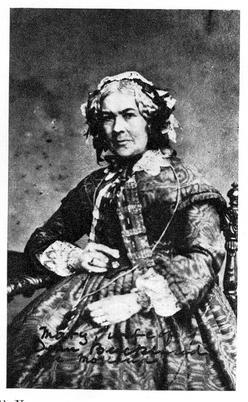Philip Hermogenes Calderon was a British painter of French birth (mother) and Spanish (father) ancestry who initially worked in the Pre-Raphaelite style before moving towards historical genre. He was Keeper of the Royal Academy in London
John Maler Collier was a British painter and writer. He painted in the Pre-Raphaelite style, and was one of the most prominent portrait painters of his generation. Both of his marriages were to daughters of Thomas Henry Huxley. He was educated at Eton College, and he studies painting in Paris with Jean-Paul Laurens and at the Munich Academy
Herbert Thomas Dicksee was an English painter who specialised in oil paintings of dogs, particularly the deerhound
Painter
Henry Stacy Marks was a British artist who took a particular interest in Shakespearean and medieval themes in his early career and later in decorative art depicting birds and ornithologists as well as landscapes.
Sir Edward John Poynter was an English Painter, designer, and draughtsman, who served as President of the Royal Academy
Sir John Tenniel was an English illustrator, graphic humourist and political cartoonist prominent in the second half of the 19th century. An alumnus of the Royal Academy of Arts, he was knighted for artistic achievements in 1893. He is remembered mainly as the principal political cartoonist for Punch magazine for over 50 years and for his illustrations to Lewis Carroll's Alice's Adventures in Wonderland and Through the Looking-Glass, and What Alice Found There
Artist
Cecil Charles Windsor Aldin was a British artist and illustrator best known for his paintings and sketches of animals, sports and rural life
Palaeontologist, marine biologist and scientific illustrator.
She was born in 1797 in Sheepstead House, Abingdon-on-Thames, to Benjamin Morland, a solicitor, her mother, Harriet Baster Morland, died when she was a baby and her father remarried. She was educated in Southampton, and spent a part of her childhood under the care of Sir Christopher Pegge, a Regius Professor of Anatomy in Oxford, who along with his wife supported her scientific interests.
In the midst of her teenage years she was intrigued by the studies conducted by Georges Cuvier and provided him with specimens and illustrations. Buckland established a name for herself as a scientific draughtswoman, who helped Conybeare, Cuvier, and her soon to be husband, William Buckland.
In 1825 Mary married Buckland, who later became Dean of Westminster. Their honeymoon was a geological tour lasting a year, including visits to geologists and geological locations across Europe. They had nine children, including Frank Buckland and author Elizabeth Oke Buckland Gordon. The children were exposed to their parents' collections of fossils from an early age and at the age of 4, Frank could successfully identify the vertebrae of an ichthyosaurus. Buckland supported her husband's pursuits, while balancing her time to help educate, and teach her children. She also spent time promoting education within the villages. During her marriage, her desire to pursue science was limited because of her husband's disproval of women being engaged in scientific pursuits.
Mary Buckland assisted her husband greatly by writing as he dictated, editing, producing elaborate illustrations for his books, taking notes of his observations, and writing much of it herself. Her skills as an artist are on display in William Buckland's largely illustrated work Reliquiae diluvianae, published in 1823, and in his Geology and Mineralogy in 1836. She assisted William Buckland's experiments to reproduce fossil tracks and many others. She assisted him when he was commissioned to contribute a volume to The Bridgewater Treatises.
In 1842 Mary's husband fell ill and his mental health began to decline. In 1850 he was sent to John Bush's Mental Asylum at Clapham in London. Shortly after, Mary retired to St Leonards-on-Sea in Sussex.
Although Mary Buckland was in poor health after her husband's death, she continued her husband's work and branched out her own research. Examining micro forms of marine life through a microscope, with her daughter Caroline, and arranging a large collection of zoophytes and sponges, which she collected during her visits to the Channel islands of Guernsey and Sark with her husband. Much of her fossil reconstructions are held by the Oxford University Museum of Natural History.
Mary died in St Leonards on 30 November 1857, and was buried in Islip, Oxfordshire.
